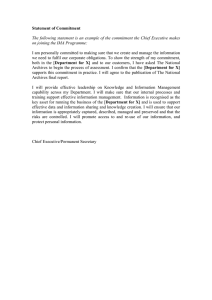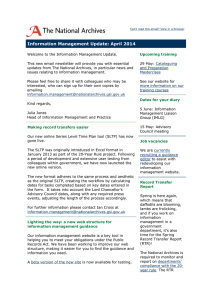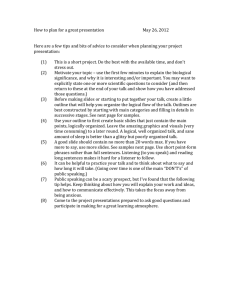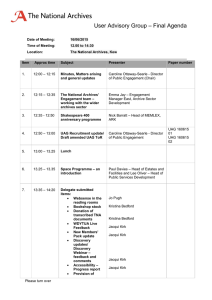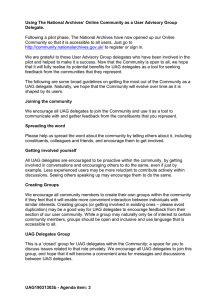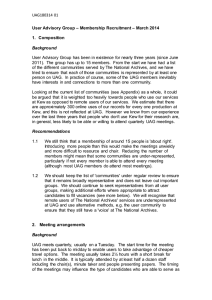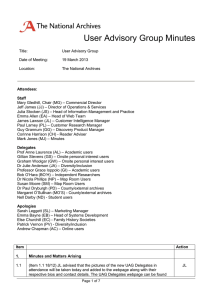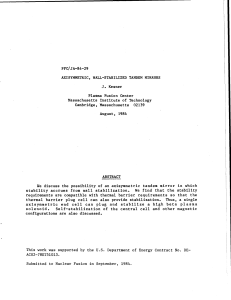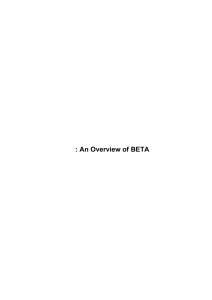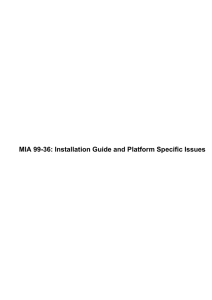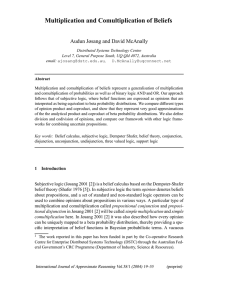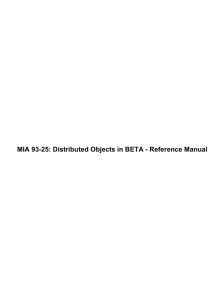Website redesign – UAG September 2015 update
advertisement
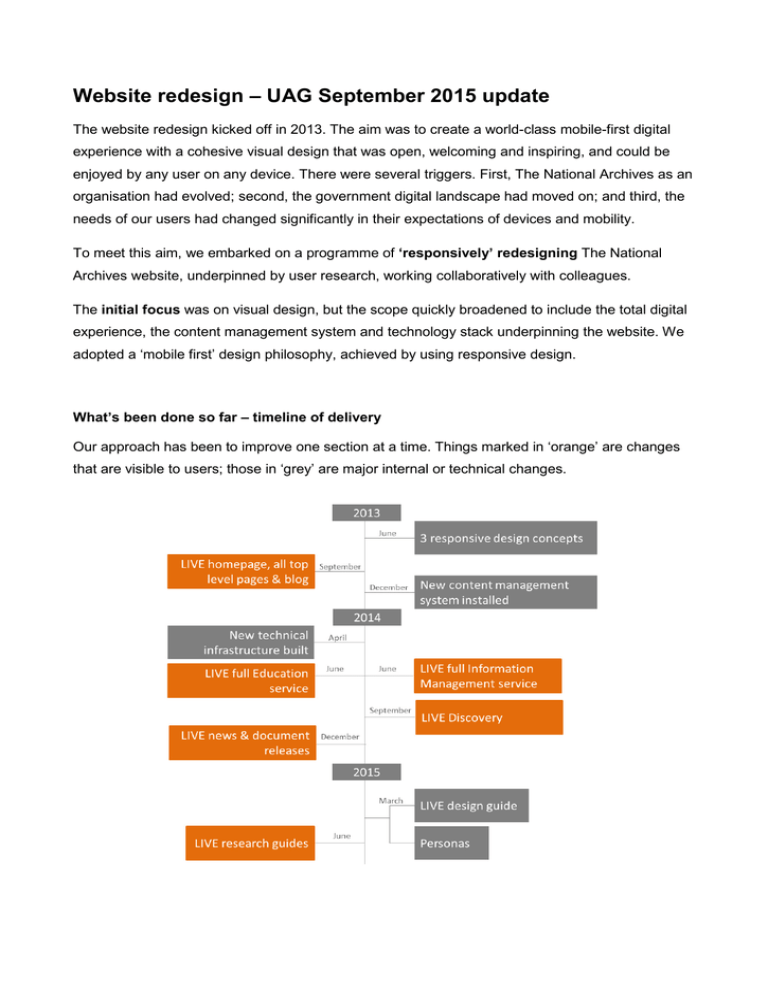
Website redesign – UAG September 2015 update The website redesign kicked off in 2013. The aim was to create a world-class mobile-first digital experience with a cohesive visual design that was open, welcoming and inspiring, and could be enjoyed by any user on any device. There were several triggers. First, The National Archives as an organisation had evolved; second, the government digital landscape had moved on; and third, the needs of our users had changed significantly in their expectations of devices and mobility. To meet this aim, we embarked on a programme of ‘responsively’ redesigning The National Archives website, underpinned by user research, working collaboratively with colleagues. The initial focus was on visual design, but the scope quickly broadened to include the total digital experience, the content management system and technology stack underpinning the website. We adopted a ‘mobile first’ design philosophy, achieved by using responsive design. What’s been done so far – timeline of delivery Our approach has been to improve one section at a time. Things marked in ‘orange’ are changes that are visible to users; those in ‘grey’ are major internal or technical changes. What we’re currently working on – ‘About us’ Our plan between now and the New Year involves transforming the ‘About us’ section of the website. This is a large section, which in turn comprises many smaller sections, each with distinct audience needs. These include: • • • • • • • • • • Our role – in BETA Visit us Jobs & careers What’s on Get involved Jobs & opportunities Press room Freedom of Information Advance document ordering Contact us Following this, we will be improving the ‘Archives sector’ section, which has a clear and distinct audience. Development approach and user research For each of these sections we work iteratively and involve users at all stages. We release changes as ‘beta’ before we replace existing pages or services. That means they’re available for you to try out, but don’t yet replace our live pages. This summarises how we combine user research and development phases: Phase 1 Phase 2 Phase 3 Phase 4 Explore Alpha Beta Live Define the audience, research their needs, and learn from any existing usage data. Build a simple prototype and test some early ideas with users. Refine. Test and improve. Release the beta site, blog about it and invite open feedback. Declare the service or pages live. Continue to invite feedback and improve. How you can get involved We would very much welcome involvement from UAG delegates or their contacts. We use our blog, Twitter, our eNewsletter and direct contacts to source participants for user research, based on the audience. Please get in touch with Paul Lamey (paul.lamey@nationalarchives.gov.uk) if you would like to participate in a user research session during the next few months.

